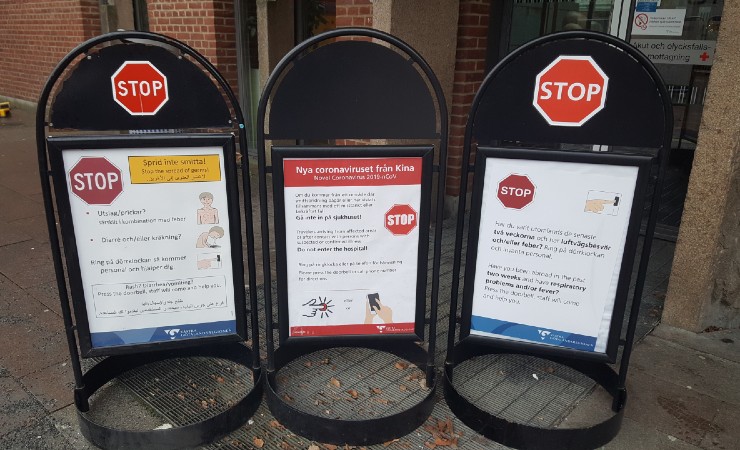Pandemic Management – The Path Not Taken

‘Judge me in a year’ said Anders Tegnell, Sweden’s state epidemiologist, in July 2020, when his country was being attacked for sticking to its pandemic plan rather than adopting the novel intervention of lockdown. The latest World Health Organization figures add to the evidence that has been accumulating since summer 2021. Sweden managed the pandemic more successfully than most, with much less disruption of everyday life and economic activity.
The WHO have published estimates of excess deaths globally for 2020 and 2021. This approach covers all deaths from COVID, whether formally diagnosed or not, together with collateral damage in deaths from other conditions that went untreated. It also allows for benefits: lockdowns reduced traffic and deaths from traffic accidents, for example. At a global level, the calculation is inevitably imprecise because many countries do not have good systems for recording deaths. Just looking at Europe, though, where official data are generally robust, Sweden had half the excess death rate of the UK, Germany or Spain – and a quarter of the excess death rate of many countries in Eastern Europe.
This picture is consistent with other data on infection and mortality rates. Sweden has done less well than some other Nordic countries but significantly better than the UK. In turn, the UK tends to be mid-table, in line with other large Western European countries, while Eastern European countries have had much worse experiences. There is a widely circulated view that the UK has had a uniquely bad pandemic. The data simply do not support this.
Nor do they support the view that the outcomes have much to do with the packages of restrictions adopted by different governments, the dates on which they started, or the stringency of enforcement. The question, then, is how governments came to adopt highly restrictive lockdown policies in the first place. This must be the starting point for any national inquiry. Why was the experience of emergency planners, and two decades of work preparing for a pandemic, abandoned everywhere except Sweden?
Sweden never ‘let it rip’. There were restrictions on large gatherings, and on restaurants and some other places of entertainment. Secondary schools and universities switched to distance learning at some points. Masks were never thought to be of benefit but social distancing was encouraged. The approach was based on the minimum intervention necessary to manage the highest-risk environments.
Mistakes were made and acknowledged. In the first wave of the pandemic, Sweden had a problem with COVID deaths in care homes. These tend to be larger in Sweden than in the UK, often forming a campus, where residents can be provided with specialist services and enriched lives. As they become frailer, support can increase without relocation. But once the virus got into a home, it could circulate around a larger number of people than would be possible in UK homes. When additional infection controls were introduced, residents were as well shielded as anywhere.
Effective protection of vulnerable groups was complemented by collaboration between citizens and government. Unlike the UK where elites assumed that people should be told what was good for them, and then compelled or frightened into doing it, Sweden explained public health thinking to citizens and invited them to co-operate.
Many UK problems can be traced to its top-down approach. No one asked the academics who know about laws and rules whether they would work in this situation. Officials and politicians made those decisions on the basis of their own, often simplistic, beliefs about implementation and compliance. But rules are inflexible tools, which invite confrontation and dispute. How can anyone comply with a law that cannot define the difference between a party and a work-related gathering? The Swedish approach allowed citizens to think about how to apply generic public health messages to the particular circumstances of their own lives.
A slightly shorter version of this blog was published in the Sunday Telegraph on May 8, 2022.






























































































